High-speed rail construction, electrification and two new franchises - all part of a growing list of exciting developments set to transform the North’s rail network within the next decade and beyond.
As rail is a key beneficiary of the Government-funded agenda to create a Northern Powerhouse and rebalance the UK economy, increasing capacity and reducing journey times is rightly seen as the catalyst to unleashing the vast economic potential of the region.
Overhead wires, new trains and building the infrastructure required to extend HS2 to northern cities by 2033 will be among the most tangible signs of progress, but Alstom is confident that the North will also be left with softer (but no less effective) levers for economic growth.
Alstom’s sights are set firmly on the additional benefits that the delivery of large-scale flagship construction projects and rolling stock will bring, namely a highly skilled workforce poised to deliver engineering expertise many years after the last rails of HS2 and HS3 are laid, plus the intensive inter-regional connectivity needed to access the employment opportunities arising as the North narrows the gap on the economic output of London and the South East.
Mike Hulme, Alstom’s managing director of trains and modernisation, believes that developing a new generation of engineers will be one of the most important benchmarks of measuring Northern Powerhouse’s final success, and that it will form a central part of the company’s commitment to creating a lasting legacy in the North.
He tells RAIL: “If you just go and build these projects and pack up and go home, then what’s the point? We need the talent to support these projects over their whole lifecycle, and so we must place greater emphasis on developing long-term skills.
“Our focus is not only on how this will benefit Alstom, but leveraging it to benefit the regional economy. Other manufacturers might be concerned with standalone project delivery, but we don’t just want to develop a new generation of engineers to design and build rolling stock… it will also need maintaining, exporting and eventually replacing.
“We have a long heritage of engineering activity in the North, and are really passionate about realising the benefits Northern Powerhouse offers to the region’s skills set. Our commitment to the North is part of Alstom’s DNA.”
Alstom has five sites in the North West - Manchester (Longsight), and at Preston, Liverpool and Chester. Among the fleets it maintains are Arriva Trains Wales’ Class 175 DMUs and Virgin Trains’ Alstom-built Pendolinos.
Alstom is investing in a new skills academy and manufacturing centre adjacent to the West Coast Main Line at Widnes, where 400-600 new jobs will be created, adding to the company’s current headcount of 1,200 in the North West.
Hulme is aware of the challenges that lie ahead in ensuring that the requisite skills and adequate numbers of qualified engineers are in place to design, build and maintain the next generation of technologically advanced rolling stock. The Government’s recently announced Apprenticeship Levy and Innovation in Franchising schemes present promising financing mechanisms for nurturing new talent, while he says Alstom is well placed to facilitate the shifting focus away from purely mechanical engineering techniques to the more high-tech. New methods include Alstom’s predictive maintenance tool Health Hub, which uses lasers and high-resolution imagery to inspect the condition of trains, infrastructure and signalling assets.
“We are increasingly moving to a systems-based approach for maintenance, and going from simply shining a torch under the train to lasers and high-speed cameras,” he adds. “Retraining the existing workforce and bringing on the new generation are therefore essential to using the new tools available.
“Think about the 30-year-old Pacers that are now being withdrawn. Can you just take a maintenance technician from there and put them onto a modern train? It takes a long time to bridge the technology gap to a more computerised control, and we understand that.
“It doesn’t daunt us either, as we had to do it on the West Coast Main Line in 2002 when it went from Class 87-hauled Mk 3s to the Pendolino fleet. So we’ve already done it once, and that big step up must happen again.”
Realising the economic boost that HS2 and HS3 will deliver also relies on enhancing connectivity along the routes. A number of proposed stations are located at out-of-town locations, such as Toton (Nottingham) and Meadowhall (Sheffield), and connecting passengers with the high-speed network and providing seamless journeys will prove essential to their eventual patronage.
Alstom is able to draw on its extensive international experience to secure these gains, in addition to already operating mass transit systems in the UK, according to the company’s customer director Susan Evans.
“In Nottingham we have a long-term commitment as a key partner in building the two new tram lines that opened in August 2015. These have several years’ warranty left to run, and we have a twenty-year contract to maintain the old Incentro fleet (built by Bombardier) and the new Citadis trams built by us.
“Now we are starting to look more widely at connectivity, and have great experience we can bring forward from around the world.
“The Jerusalem Light Rail Project is a highly successful example of millions of customers having a smooth journey by bus from their doorstep, to the tram which carries them around the city.
“These are just two cases of how we can create greater connectivity and convince people to leave their cars at home. And if we can’t efficiently move people to the high-speed stations, then we haven’t gained very much at all.”
As well as the obvious environmental benefit of a modal shift away from car usage, Alstom is motivated by the boost in productivity and the quality of life that localised transport solutions can offer. In addition to the skills Northern Powerhouse will generate, this should be its lasting legacy, says Evans.
“Sitting in a traffic jam has always been an inefficient use of time, but especially now there is WiFi on public transport allowing people to work.
“HS2 and HS3 are very exciting, but in most cases they will not get people from the start and to the end of their journeys. Suburban or light rail solutions will need to be built beyond high-speed routes, Alstom has expertise with all these solutions.
“We have a commitment to making the North a better place to commute, live and enjoy, and Alstom looks forward to leading the debate on improving connectivity and improving people’s lives.”
- This feature was published in RAIL 797 on March 30 2016.

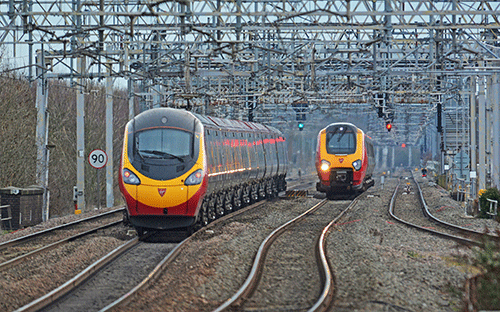
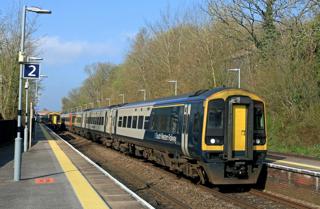
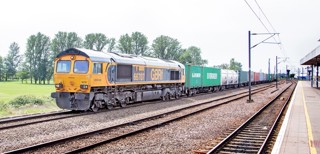
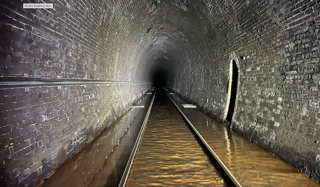
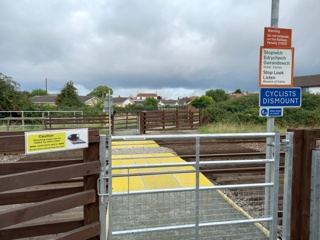












Login to comment
Comments
No comments have been made yet.